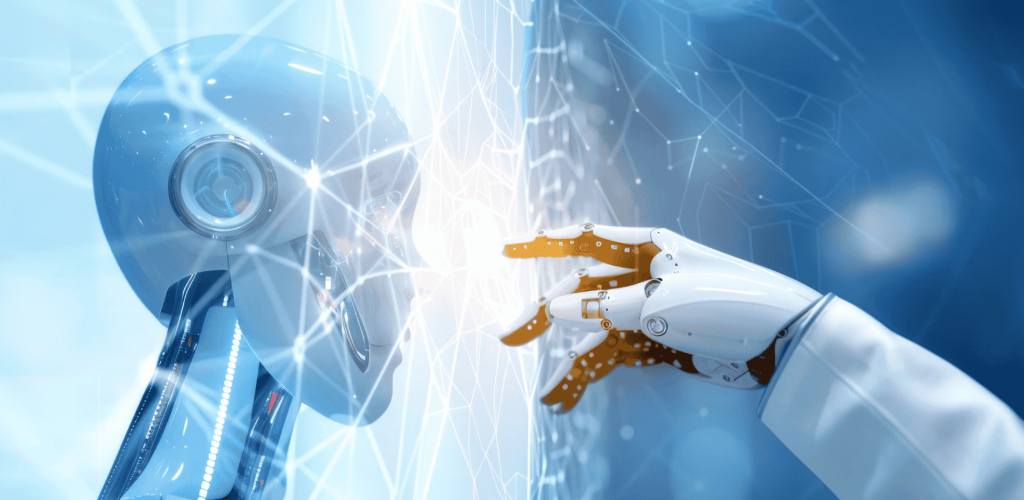
Smarter AI-Driven Robots
Robots powered by artificial intelligence (AI) are getting smarter and more autonomous. In 2025 and beyond, expect:
Natural language understanding for better human interaction
Real-time learning and adaptive behavior
Emotion recognition in social and service robots
These improvements will make robots more helpful in fields like customer service, education, and elder care.

Humanoid Robots for Real-World Jobs
Humanoid robots are evolving to assist in human environments, designed to mimic our form, movement, and even facial expressions. Companies like Tesla (Optimus) and Agility Robotics (Digit) are building robots that:
Walk, carry, and interact in homes and factories
Serve as companions or helpers for elderly or disabled individuals
Replace repetitive human tasks in logistics or retail
By 2030, humanoid robots could be as common as smartphones.
Robotics in Healthcare and Surgery
The healthcare industry will see a major robotics boom:
Surgical robots performing highly precise procedures
Rehabilitation robots assisting in physical therapy
Nursing assistants for hospitals and home care
As populations age and healthcare demands grow, robotic support systems will play a vital role in medical environments.
Autonomous Vehicles and Delivery Bots
Autonomous transportation is no longer futuristic—it’s unfolding now. In the near future, expect:
Fully self-driving cars and trucks on public roads
AI-powered drones and robots for last-mile delivery
Smart traffic systems interacting with autonomous vehicles
These systems aim to improve safety, reduce congestion, and streamline urban logistics.
Brain-Computer Interfaces (BCI) in Robotics
The integration of robotics with neurotechnology is on the rise. Projects like Neuralink hint at a future where humans can control machines with their thoughts.
BCIs will allow direct brain control of prosthetics and robotic limbs
Potential for paralyzed individuals to regain movement
New forms of communication and interaction with smart machines
This is one of the most revolutionary frontiers in human-robot interaction.
Collaborative Robots (Cobots) in Industry
Cobots are robots designed to work alongside humans in manufacturing and logistics. They are:
Safer, cost-effective, and easy to program
Increasing productivity in small and large industries
Able to handle repetitive or dangerous tasks
The global cobot market is projected to grow exponentially through 2030.
Sustainable and Bio-Inspired Robots
The future of robotics also involves eco-friendly and nature-inspired designs:
Soft robots that mimic animals or plants
Biodegradable robots for environmental monitoring
Solar- or energy-efficient robots for sustainable tasks
These robots can operate in sensitive ecosystems, deep oceans, or disaster zones.
The Big Picture: Robotics as Part of Our Daily Lives
By 2025 and beyond, robots will not replace humans, but will work alongside us—amplifying our capabilities, reducing labor, and supporting innovation across industries.
From smart homes and smart cities to advanced healthcare and space exploration, robots will be essential partners in solving 21st-century challenges.
Final Thoughts
The future of robotics is not distant—it’s already unfolding. As AI, machine learning, and mechanical design continue to evolve, we’ll see robots that are not only smarter and more capable but also deeply embedded in our everyday lives.
Whether you’re an innovator, student, or simply curious, now is the perfect time to watch, learn, and even build for the robotic future.
